Look at the old world of black college football through a 21st century lens and you might as well be gazing at the moon. So strange, so full of wonderment, and so far away.
Eddie Robinson. Richard Dent. Willie Davis. Lem Barney. Leroy Kelly.
"Walter Payton. Jerry Rice," Ken Riley is saying the other day. "Doug Williams. James Harris. Just look at the list of names. I'm happy to be selected (as) one of the greatest in the black schools. There was some great football then. And players, too. It's special."
Now Riley is on that list, the roll of players in the Black College Football Hall of Fame. Riley, the man who has played the most games in Bengals history, officially goes into the lineup Saturday night in an enshrinement ceremony at the College Football Hall of Fame in Atlanta.
As a member of the Hall's sixth class, Riley is one of the first 48 players selected and the first Bengal who played his entire career in Cincinnati. Grambling wide receiver Charlie Joiner, who had an early run with the Bengals, also beat Riley to the Pro Football Hall of Fame, where they still wait for Riley's 65 NFL interceptions.
But of the 21 Pro Football Hall-of-Famers who are with Riley in Atlanta, none of them did what Riley did. He went from Florida A&M's swashbuckling quarterback who scrambled the Rattlers to the brink of a black college national title to an All-Pro cornerback on the other side of the ball.
"Back then," says former Bengals cornerback Louis Breeden, "a great athlete and quarterback like Kenny Riley was either going to be a cornerback or that was it. He wasn't going to play in the NFL."
Back then, that's the way it was. It turns out that once upon a time was just the other day.
Since integration has become the law and the norm, the black colleges are no longer football powers and no longer give the NFL rafts of first-round draft picks. Grambling, Florida A&M, Tennessee State, Prairie View A&M were the SEC of the '60 and '70s.
How strange?
Coming out of tiny Bartow in the mid '60s, Riley couldn't go in state to Florida or Florida State or Miami, teams that didn't de-segregate until the end of his college career.
"But," he says, "we had more pro prospects (combined) than Florida and Miami."
Riley had a shot to go to Wake Forest just as the school began integration, and his high school coach wasn't pleased when Riley chose A&M. A lot of his buddies from Bartow's state championship team were headed there, and, plus, there was already the lure of the pros.
So that first Bengals practice at the Wilmington College training camp in 1969 when he played cornerback for the first time in his life was significant for another reason. It marked the first time he was on the field with white players. But it wasn't as complicated as the first moon landing, which came a few weeks later.
Coach Paul Brown always made sure of that. Tight end Bob Trumpy, Riley's teammate, still recalls how Brown's zero shades of gray shielded his expansion Bengals from the tumult of the '60s.
"It never bothered me. I never thought about it. I just thought about trying to make the team," Riley says. "One thing about Coach Brown. He'd been around black players for a long time by the time I got there. He didn't care what school you were from or what color you were. They were just looking for players and you had to do the job. And if you didn't, boy, you were gone."
It turns out that once upon a time isn't very long ago. Brown tried to replace Riley eight years later in the 1977 draft with a seventh-round safety out of another historically black college, North Carolina Central's Breeden. Before he got the call, Breeden's coach had to sit him down and tell him why he could only play cornerback in the NFL.
Looking back at the career of Bengals legend Ken Riley, who passed away at the age of 72. Riley played 15 seasons for the Bengals as a defensive back, with 65 career interceptions for 596 yards and five touchdowns -- all franchise records.
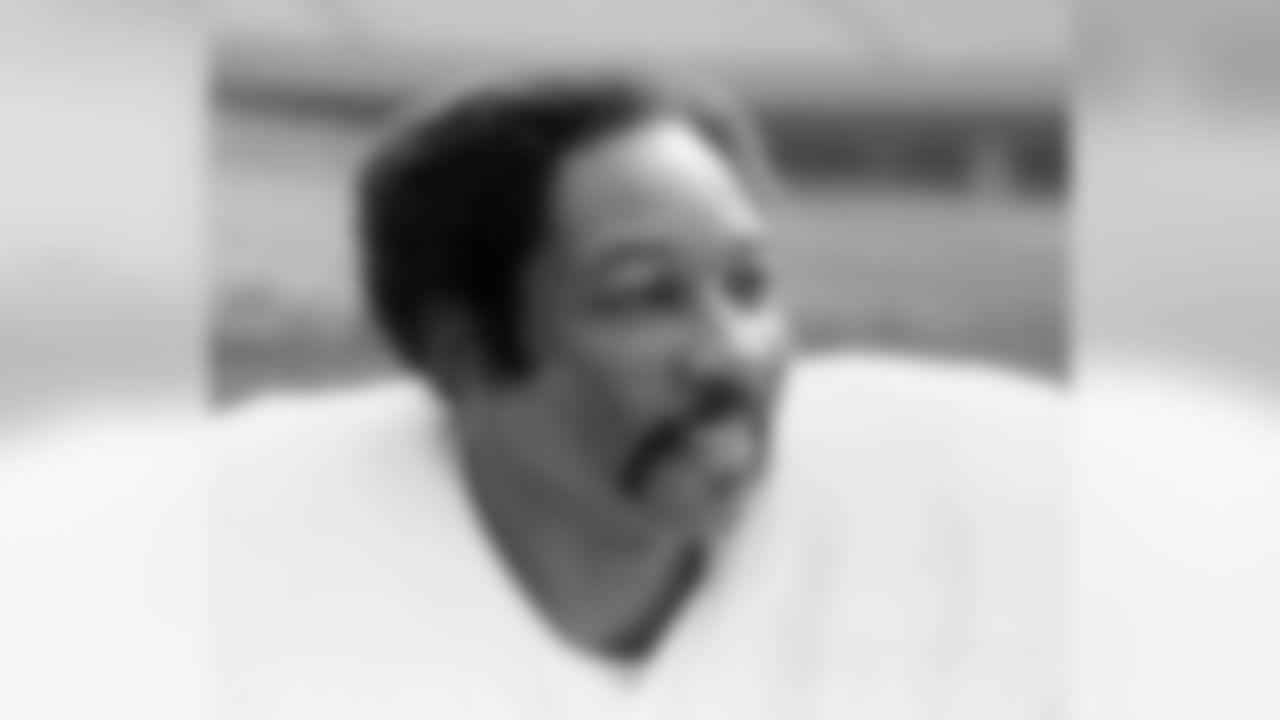
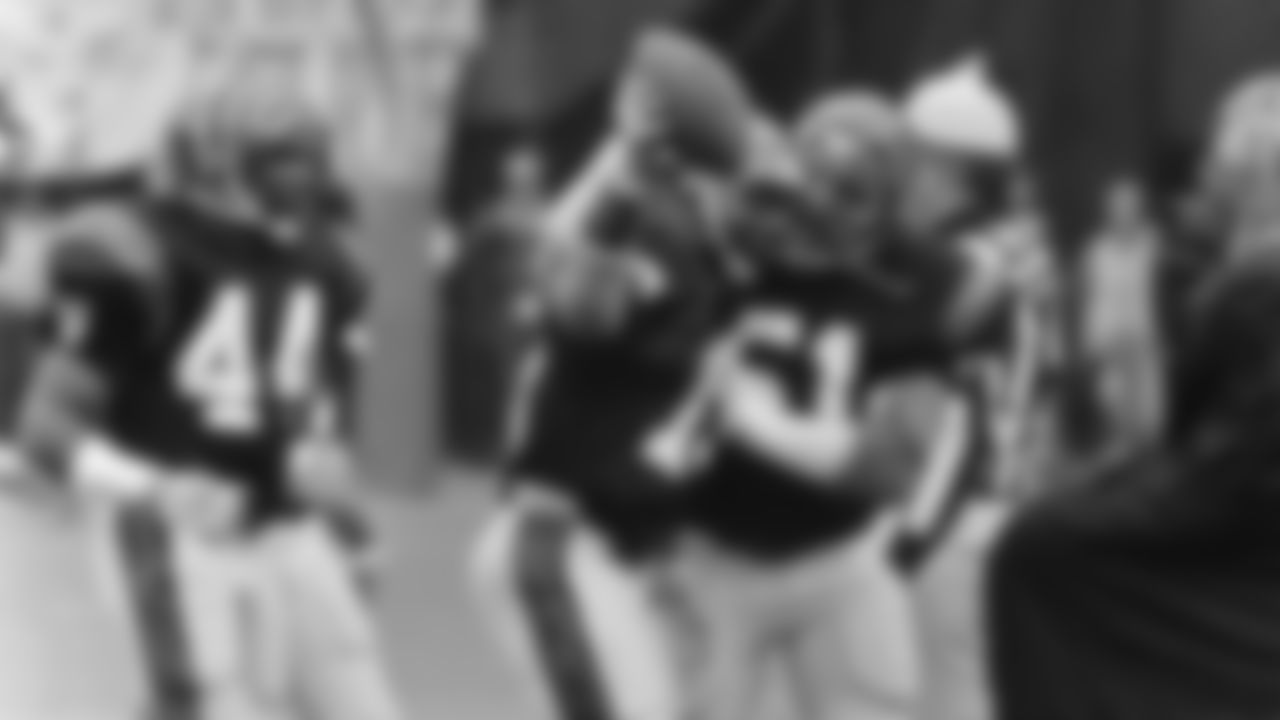
1. Ken Riley - 65 interceptions


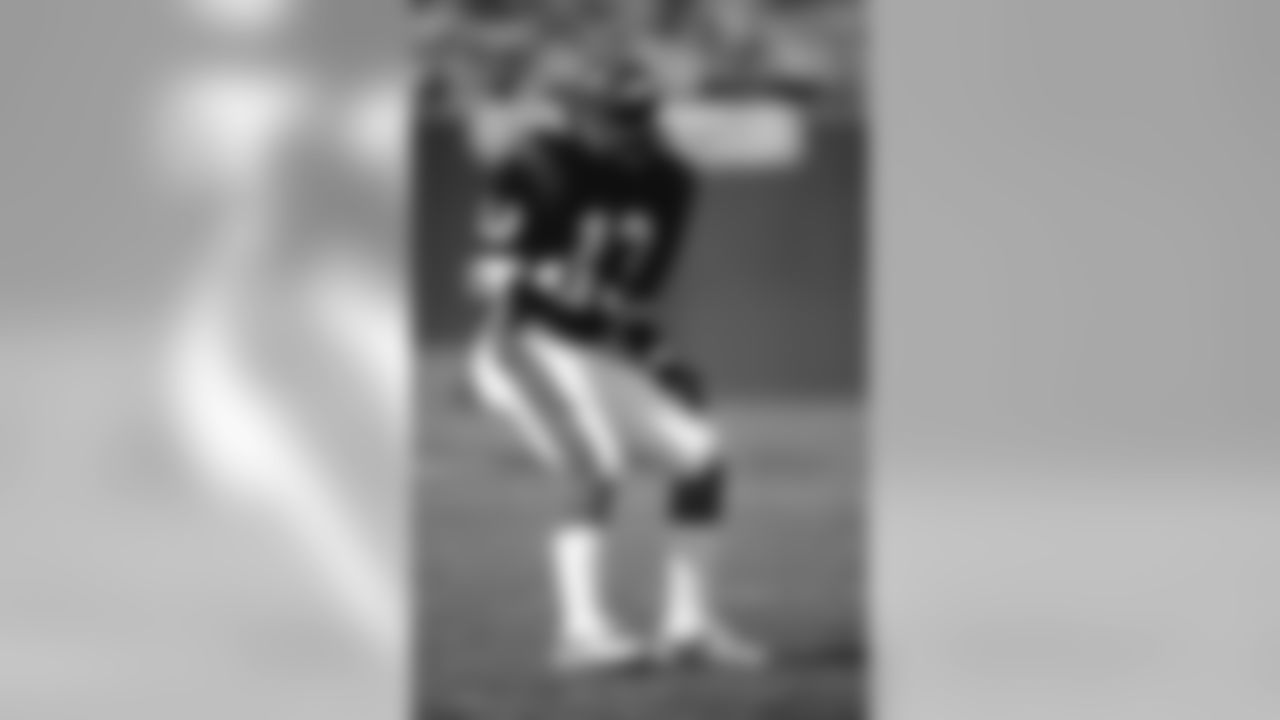
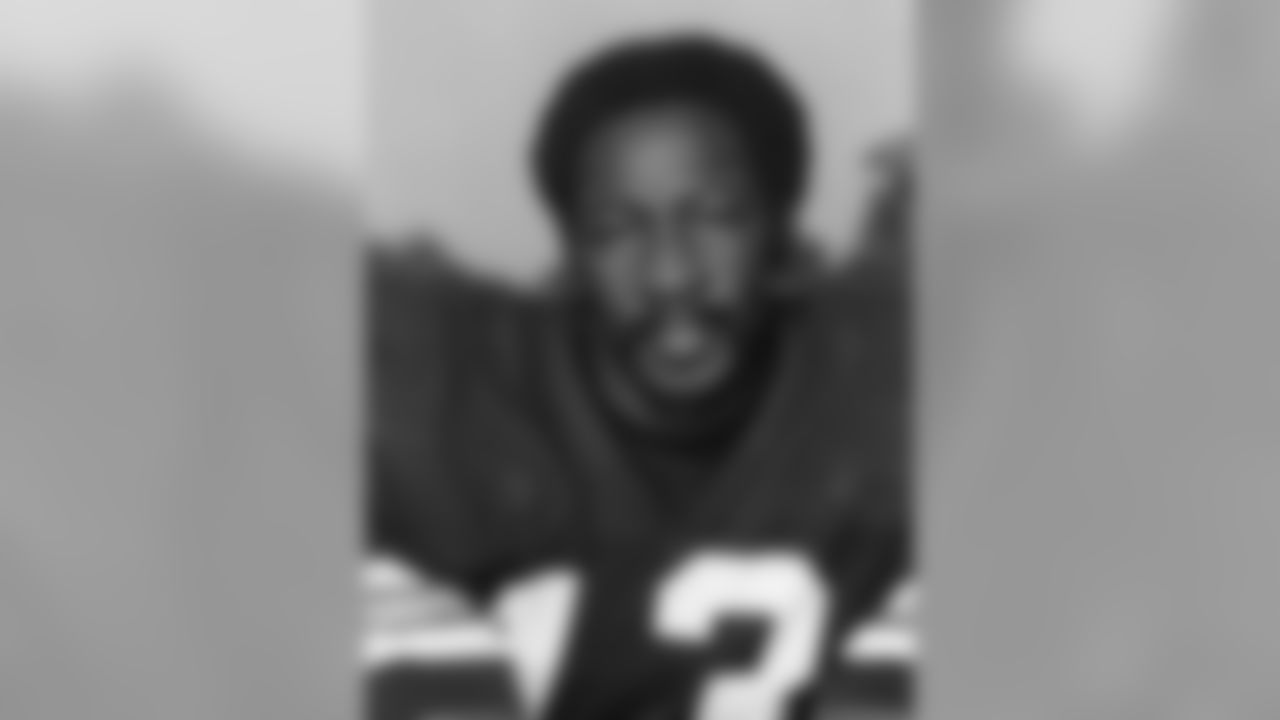


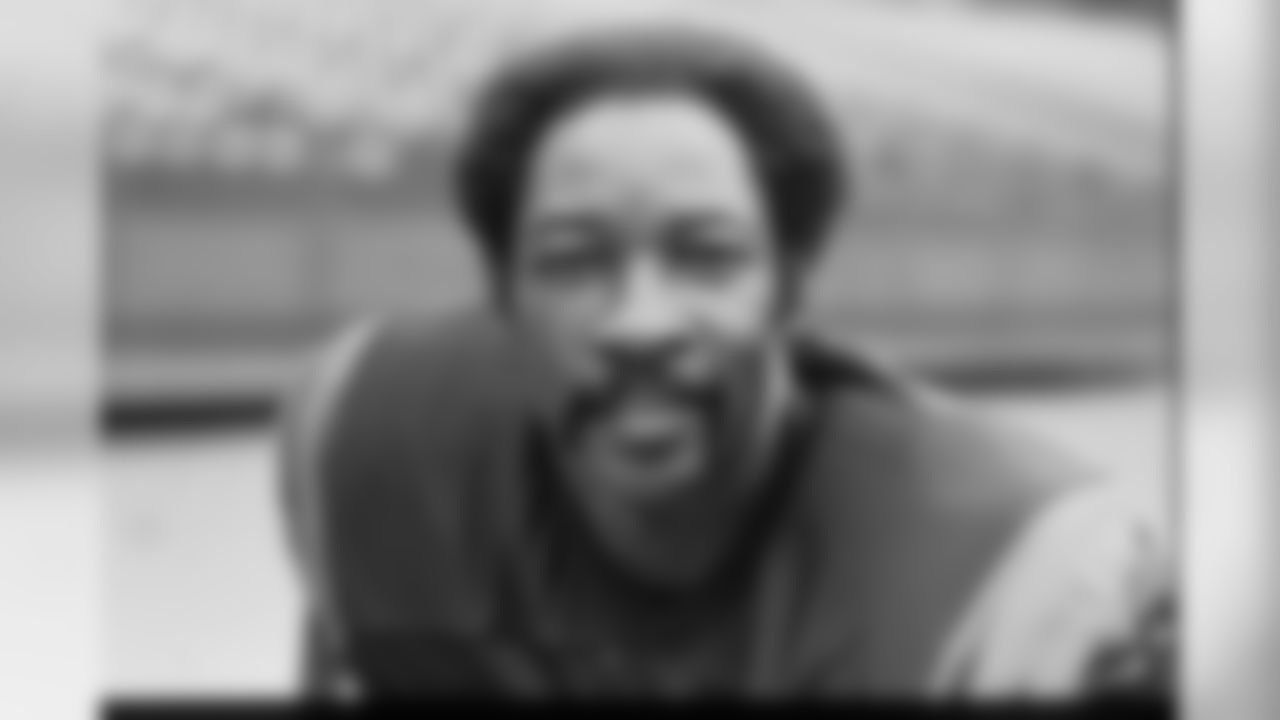
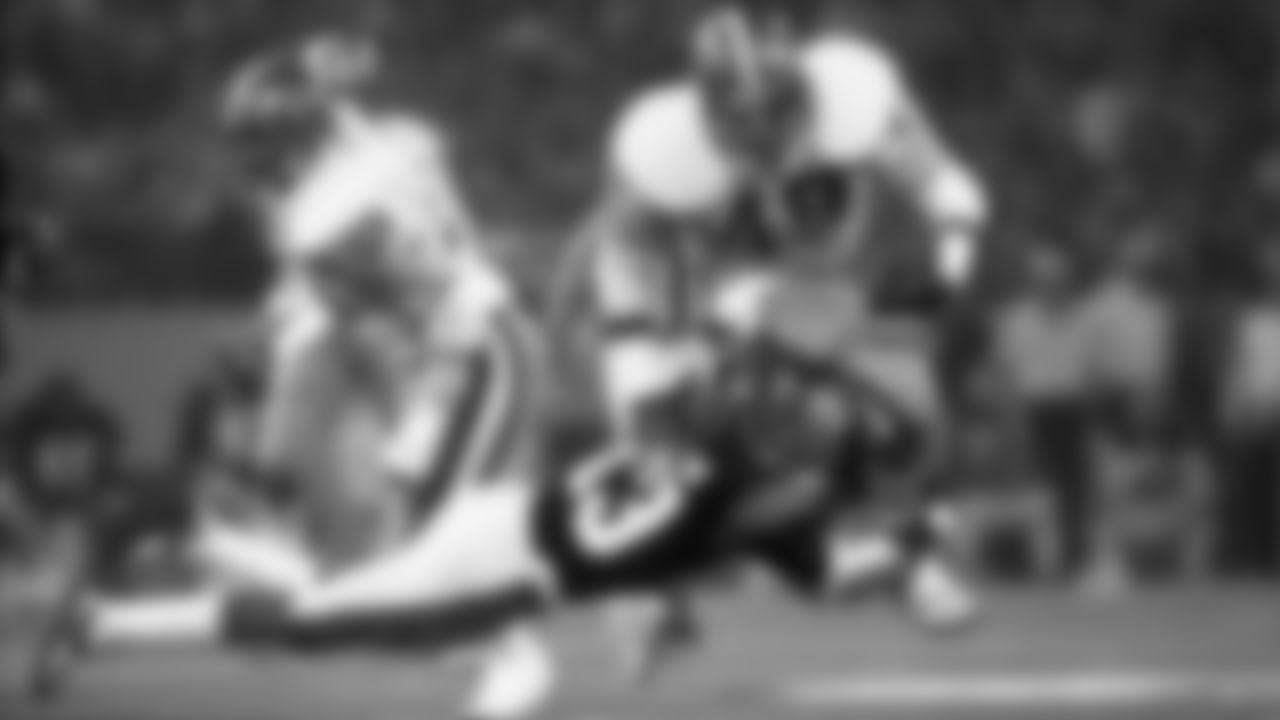
Ken Riley of the Cincinnati Bengals dives to bring down San Francisco 49ers fullback Earl Cooper (49) at the Pontiac Silverdome in Super Bowl XVI on January 24, 1982. (AP Photo / Al Messerschmidt)
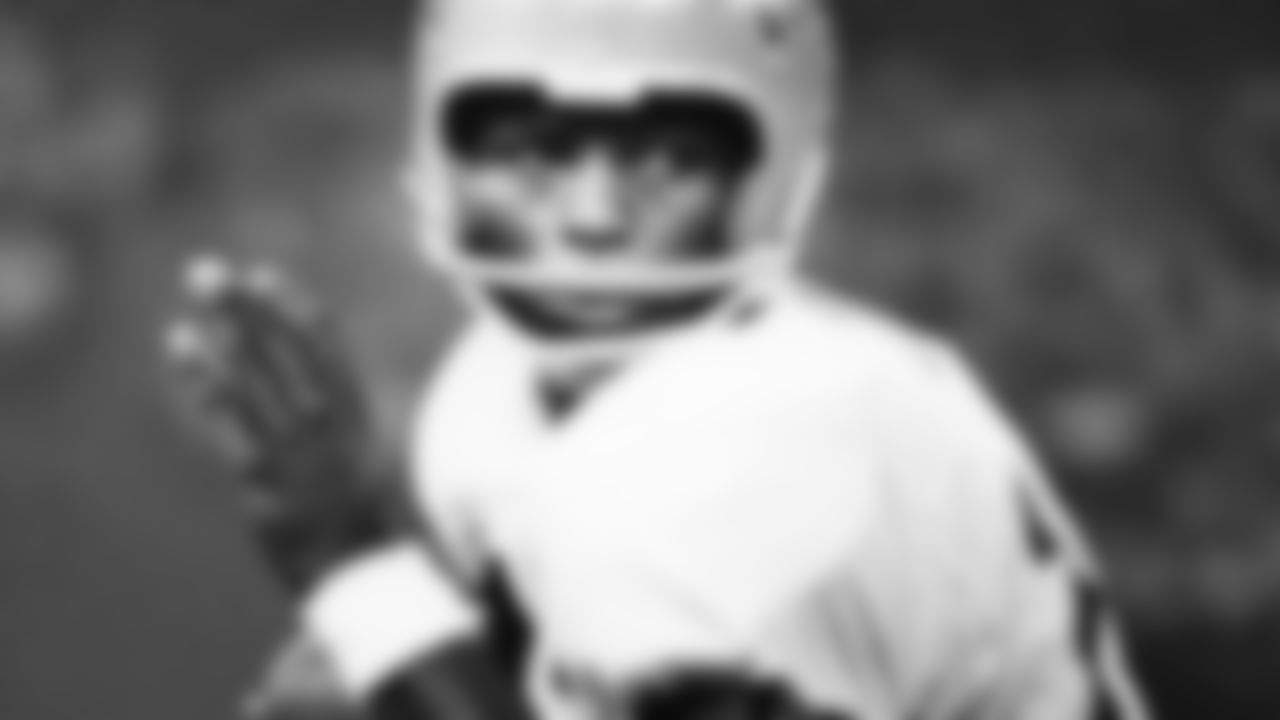
Cincinnati Bengals cornerback Ken Riley (13) returns an interception during an NFL pre-season game against the Green Bay Packers in Cincinnati, Sept. 4, 1971. The Bengals defeated the Packers 27-24 at Riverfront Stadium. (AP Photo/Vernon Biever)
"There weren't many blacks playing safety then," says Breeden of a position that supposedly belonged to only thinking men. "I probably couldn't have played anyway because of my size. As hard as it is to believe, that's the way it was."
Maybe harder for Breeden to believe is how Riley switched to cornerback. Instead of replacing him, Breeden played with him for seven seasons and they played in a Super Bowl together. They are still the top two interceptors in Bengals history.
"Kenny Riley taught me to play cornerback," Breeden says. "We had a guy who coached defensive backs, but he didn't know the position. He yelled and screamed, but he didn't coach. Kenny and Lemar Parrish (the other corner) taught me how to play.
"Think about how Kenny learned the position. It had to be trial and error," Breeden says. "But he was such a smart guy and he could teach technique and keys. All you had to do was just watch him and listen to him. That's all. And he was so smooth."
It is the kind of transition that Pete Brown says is virtually impossible now. Brown, the Bengals senior vice president of player personnel, scouted Riley at A&M in the days when you had to go to the games in person because there was no such thing as tape piped into the building via computer.
As Brown says charitably, "The tape was not so fabulous."
"We liked him because he could run very fast and he had tremendous agility," Brown says. "If my memory serves, as the quarterback he would extend plays for seconds. A tremendous athlete. Looking at the game, always the best athlete on the field.
"The transition to cornerback from offense would be much harder today," Brown says. "Back then, we had six preseason games and had a longer time in training camp."
Riley says he has no regrets. Maybe in another time he could have been Jameis Winston at Florida State, a Heisman Trophy winner and No. 1 pick.
He laughs. At 67, he still has the confidence of the rookie Bengals secondary coach Tom Bass dubbed "The Rattler," because it is A&M's nickname. He knows he could have been an NFL quarterback. He could throw, he could run, he called his own plays. He says to check out Russell Wilson. Riley wore No. 3 for the Rattlers.
"Back then, it didn't exist," Riley says. "I don't have any regrets. I got a good education. I was a Rhodes Scholar nominee. I did well. I got an opportunity. I'm just thankful for the opportunity. I'm thankful the Bengals gave me the opportunity."
When Riley played his last game at Riverfront Stadium in 1983, Paul Brown invited his college coach, Jake Gaither, a charter member of the Black College Hall of Fame, a man that Riley would eventually follow into the job at A&M and then become the school's athletic director.
Success has followed him everywhere like a Rattler, but up the steps of Canton to the Pro Football Hall of Fame.
And that will be a topic Saturday night. It was at last year's induction, when former Steelers wide receiver John Stallworth went in. Stallworth's teammate, cornerback Mel Blount, a 2012 inductee, joined in a discussion with them about why Riley isn't in the pro hall of fame. None of them know why.
Both Stallworth and Blount are in Canton. So is Barney, the former Lions cornerback. Blount has 57 interceptions and Barney 56. Riley has them both beat with the 65, the fifth most of all-time. The four guys in front of him are in the Hall. The guy behind him, Ed Reed, with 64, will be in. Dick LeBeau, the secondary coach who revived Riley's career long enough so he led the AFC in picks in his last season, has 62 and is in.
Riley thinks the late Greg Cook held the key. Cook is the Bengals' first-round pick in Riley's draft class, the former University of Cincinnati quarterback whose brilliance was cut short by injury.
"If he didn't get hurt, we would have won a Super Bowl and I'd probably be in the Hall of Fame," Riley says.
Stallworth, who ran his routes against Riley while fellow Hall-of-Famer Lynn Swann ran against Parrish, says he should be in any way.
"He's certainly one of the best I played against," Stallworth says. "From a talent standpoint, he's worthy of being in there.
"I don't remember him being all that physical, but I do remember he was hard to get away from. He was quick. He was intelligent. It was always a challenge to prepare for him. It was never a walk in the park."
But Riley takes a stroll through history Saturday.
Mel Blount. John Stallworth. Charlie Joiner. Art Shell. Willie Brown. Harry Carson.
"Deacon Jones, Buck Buchanan," Riley says. "The list goes on and on…It's not the big one, but it's quite an honor."
Now he's on the list. And once upon a time doesn't seem so far away for getting on the big one.















